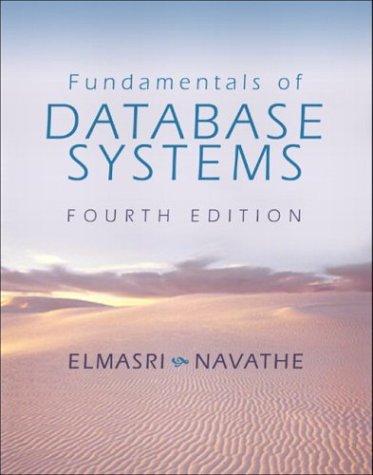Answered step by step
Verified Expert Solution
Question
1 Approved Answer
Surfactant - based self - assemblies serve as liquid - phase templates for synthesizing nanoparticles with desired shape and size. Water - insoluble nanoparticles are
Surfactantbased selfassemblies serve as liquidphase templates for synthesizing
nanoparticles with desired shape and size. Waterinsoluble nanoparticles are prepared using
waterinoil microemulsions, comprising nanosized water droplets in a continuous oil phase, with
droplet size tuned by adjusting the watertosurfactant molar ratio. Two types of wo
microemulsion methods for nanoparticle synthesis exist: A one involves predissolving or
dispersing one reactant in the drops, B while the other introduces both reactants directly into the
microemulsion solution, allowing for diffusion and reaction within the drops through the oil
medium. So nanoparticles form via reactant mass transport or mixing predissolved reactants.
Coalescence of drops leads to dimers where reaction occurs, forming insoluble product
molecules. Nucleation and growth inside drops result in nanoparticle formation, with size tunable
by adjusting drop size through watertosurfactant ratio. Coalescence exchange redistributes
molecules, crucial for correct distribution which follows binomial distribution.
Consider the first case A only and write a monte carlo code for formation and growth of
nanoparticles provided the condition written in the text and shown diagrammatically:
a Reactant mass transport km: Reactant molecules transport into drops through the oil
medium at a rate km
b CoalescenceExchange kc: Two drops collide to form dimers, which then split and
redistributed into two daughter drops. Coalescence rate is kc
c Solubilization kcp: Solubilization occurs when an empty drop collides with a drop
containing reactant, with rate kcp
d Reaction kr: Drops with opposite reactants coalesce, undergo reaction, and form insoluble
products with rate kr
e Nucleation kn: After reaction, dimers disperse into daughter drops. Drops with a threshold
of product molecules undergo nucleation, forming solid nanoparticles. Nucleation rate is kn
f Growth kg: Drops with solute particles coalesce with drops containing product molecules,
consuming the product to grow in size. Coalescence rate remains the same.a
A
transport of reactant
A
A
b
cdots
B
B
B
B
B
cAB
d
C A
CA
CA
redispersion of
and
B
e
f
CgrowthofparticleC

Step by Step Solution
There are 3 Steps involved in it
Step: 1

Get Instant Access to Expert-Tailored Solutions
See step-by-step solutions with expert insights and AI powered tools for academic success
Step: 2

Step: 3

Ace Your Homework with AI
Get the answers you need in no time with our AI-driven, step-by-step assistance
Get Started


